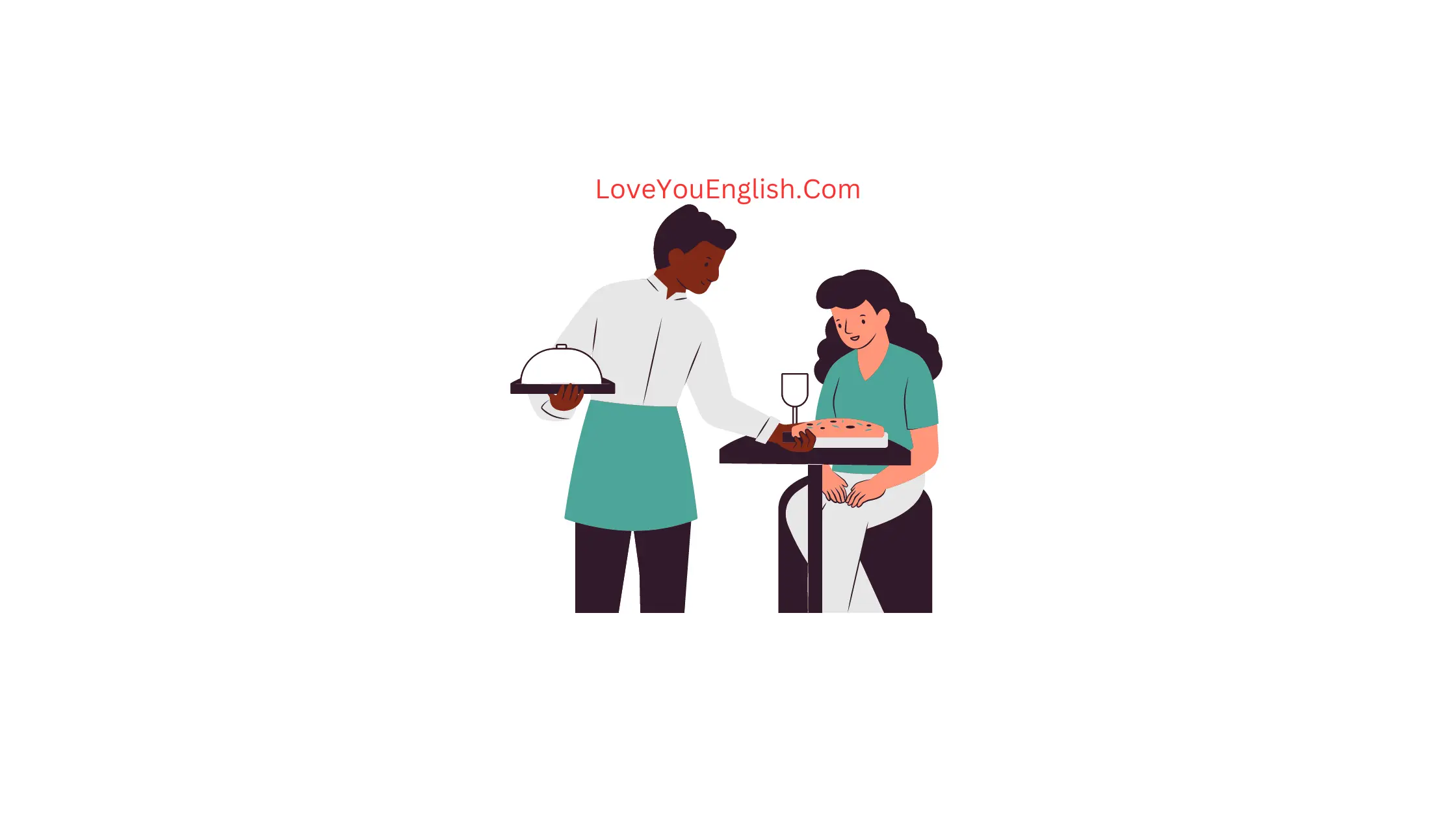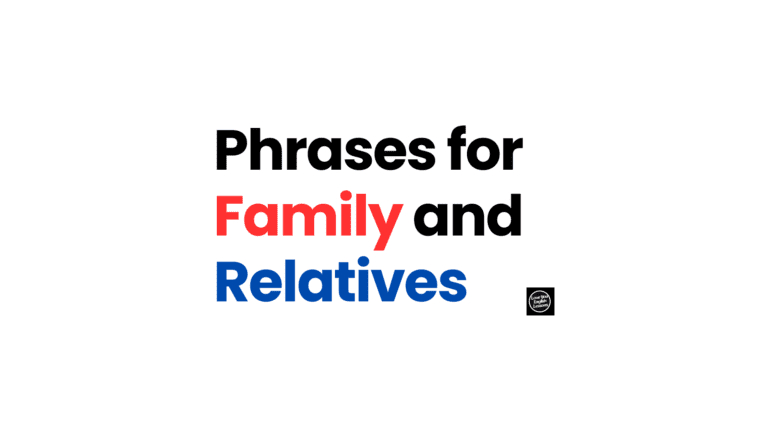Talking About Food in English: A Tasty Guide
Talking About Food in English: A Tasty Guide
Food is more than just fuel for our bodies—it’s a universal language that brings people together.
No matter where you’re from or what language you speak, everyone loves to eat!
But when you’re learning English, talking about food can be a bit tricky.
There are so many words, phrases, and customs to learn.
Don’t worry, though!
This guide will help you navigate the delicious world of food talk in English.
The Basics: Food Groups and Types
Let’s start with the building blocks.
In English, we group foods into categories:
- Fruits: apples, bananas, oranges, strawberries, grapes
- Vegetables: carrots, broccoli, spinach, tomatoes, potatoes
- Grains: rice, bread, pasta, oats, quinoa
- Protein: meat, fish, eggs, tofu, beans
- Dairy: milk, cheese, yogurt, butter
Then there are broader types of food:
- Fast food: burgers, fries, pizza
- Junk food: chips, candy, cookies
- Health food: salads, smoothies, whole grains
- Comfort food: mac and cheese, soup, mashed potatoes
- Ethnic food: Chinese, Italian, Mexican, Indian
When you’re unsure about a food, you can always ask, “What kind of food is this?”
A helpful response might be, “It’s a vegetable” or “It’s Italian food.”
Describing Taste and Texture
Now that you know what you’re eating, how does it taste?
English has lots of words to describe flavors:
- Sweet: candy, fruit, cake
- Salty: chips, pretzels, soy sauce
- Sour: lemons, vinegar, pickles
- Bitter: coffee, dark chocolate, kale
- Spicy: chili peppers, hot sauce, curry
- Savory (or umami): meat, cheese, mushrooms
But taste isn’t everything—texture matters too! Here are some texture words:
- Crunchy: carrots, chips, toast
- Crispy: fried chicken, bacon, apple
- Soft: bread, mashed potatoes, tofu
- Chewy: steak, gummy bears, bagels
- Creamy: yogurt, avocado, pudding
- Juicy: oranges, watermelon, steak
Try saying, “This apple is so crispy and sweet!” or “I love how creamy this avocado is.”
Cooking Methods
How food is prepared affects its taste and texture. Here are common cooking methods:
- Bake: in the oven (bread, cake, chicken)
- Fry: in oil (french fries, fried chicken)
- Grill: over flames (burgers, corn, fish)
- Boil: in water (pasta, eggs, potatoes)
- Steam: over water vapor (broccoli, dumplings)
- Roast: in the oven with high heat (beef, potatoes, peppers)
- Sauté: in a pan with a bit of oil (onions, mushrooms)
You might hear someone say, “I prefer grilled chicken to fried chicken” or “Could you steam the vegetables instead of boiling them?”
Meals of the Day
In many English-speaking countries, there are three main meals:
- Breakfast (morning): eggs, cereal, toast, coffee
- Lunch (midday): sandwiches, salads, soup
- Dinner (evening): larger meals like steak, pasta dishes, or stir-fry
There are also smaller meals:
- Brunch: a mix of breakfast and lunch, often on weekends
- Snacks: small bites between meals (fruit, nuts, chips)
- Dessert: sweet treats after dinner (ice cream, pie, cookies)
You might ask a friend, “What did you have for breakfast?” or say, “I’m thinking about what to make for dinner.”
Table Talk: Dining Out
Going to a restaurant?
Here’s what you need to know:
Types of Restaurants
-
- Fast food: quick, cheap (McDonald’s, Subway)
- Casual dining: relaxed, affordable (Applebee’s, Chili’s)
- Fine dining: fancy, expensive (usually local, high-end places)
- Buffet: all-you-can-eat
- Food truck: mobile, street food
Making a Reservation
At the Restaurant
-
- Host: “How many in your party?” (How many people?)
- You: “Two, please.”
- Host: “Right this way. Would you prefer a booth or table?”
The Menu
-
- Appetizers: small dishes to start (nachos, wings)
- Main courses: the big meal (steak, fish, pasta)
- Sides: smaller dishes (fries, salad, rice)
- Desserts: sweet endings (cake, ice cream)
- Beverages: drinks (soda, tea, wine)
Ordering
Special Requests
When Something’s Wrong
-
- “Excuse me, my soup is cold. Could you please warm it up?”
- “I ordered medium-rare, but this steak is well-done.”
Compliments
-
- “This pasta is delicious!”
- “Please give my compliments to the chef.”
Getting the Bill
Food Shopping
Whether at a grocery store or farmers’ market, here’s how to shop:
Grocery Sections
-
- Produce: fruits and veggies
- Bakery: bread, cakes, pies
- Deli: sliced meats, cheeses
- Frozen foods: ice cream, frozen meals
- Canned goods: soups, beans, tomatoes
Buying Produce
-
- “I’m looking for ripe avocados.”
- “Are these strawberries sweet?”
- “How much are the apples per pound?”
At the Deli Counter
-
- “Half a pound of turkey breast, thinly sliced, please.”
- “Can I sample the cheddar cheese?”
Check-Out
-
- “Do you have any coupons or discounts?”
- “Paper or plastic bags?”
- “I have my own reusable bags.”
Cooking at Home
Ready to make your own food?
Let’s dive in:
Kitchen Tools
Recipe Language
Following a Recipe
Inviting Friends Over
Food and Health
Many people have special diets:
- Vegetarian: no meat
- Vegan: no animal products (meat, eggs, dairy)
- Gluten-free: no wheat products
- Paleo: foods early humans ate (meat, fish, fruits, veggies)
- Keto: high fat, low carb
You might hear:
When inviting someone over, it’s polite to ask:
- “Do you have any dietary restrictions?”
- “Are you allergic to anything?”
Cultural Food Talk
Food is a huge part of culture, and each country has its specialties:
- American: hamburgers, hot dogs, apple pie
- Italian: pasta, pizza, gelato
- Mexican: tacos, enchiladas, guacamole
- Japanese: sushi, ramen, tempura
- Indian: curry, naan bread, tandoori chicken
When trying new foods:
- “What’s a typical dish from your country?”
- “This reminds me of something we have back home.”
- “I’ve never had this before. How do I eat it?”
And don’t forget food-related holidays:
- Thanksgiving (U.S.): turkey, stuffing, pumpkin pie
- Chinese New Year: dumplings, spring rolls
- Cinco de Mayo (Mexico): tacos, salsa, margaritas
Food Idioms and Slang
English is full of food-related phrases:
- “That’s a piece of cake.” (It’s easy.)
- “Don’t cry over spilled milk.” (Don’t worry about past mistakes.)
- “It’s not my cup of tea.” (I don’t like it.)
- “Let’s spill the tea!” (Let’s share gossip.)
- “That idea is half-baked.” (It’s not well thought out.)
- “He’s bringing home the bacon.” (He’s earning money.)
- “She’s the apple of my eye.” (She’s my favorite.)
- Grub: food (“Let’s get some grub.”)
- Nosh: snack (“I’m going to nosh on some chips.”)
- Chow down: eat heartily (“We chowed down at the barbecue.”)
- Munch: eat casually (“I’m munching on popcorn.”)
Food and Emotions
We often link food with feelings:
- “I’m feeling down. I need some comfort food.”
- “Chocolate always cheers me up.”
- “When I’m stressed, I crave ice cream.”
- “Nothing says ‘I love you’ like homemade cookies.”
Some people are very passionate about food:
- “I’m a total foodie.” (Someone who loves food)
- “This pizza is to die for!” (It’s incredibly good)
- “That was a mind-blowing meal.” (It was amazingly good)
Social Media and Food
In today’s digital age, food is everywhere online:
- “I’m going to snap a pic for Instagram.”
- “This restaurant is trending on TikTok.”
- “Have you seen the latest food challenge on YouTube?”
Common hashtags:
- #FoodPorn: very appealing food photos
- #Yummy: delicious food
- #HomeCooking: meals made at home
- #EatLocal: supporting local restaurants
Food and Travel
Trying local cuisine is a big part of traveling:
- “I can’t wait to eat real pasta in Italy!”
- “When in New Orleans, you must try gumbo.”
- “Street food is the best way to experience Thai cuisine.”
You might even plan trips around food:
Wrapping Up: The Joy of Food
Food is so much more than what’s on our plates.
It’s a way to:
Connect: “Breaking bread” with someone means sharing a meal and bonding.
Comfort: A bowl of soup when you’re sick or a treat after a bad day.
Celebrate: Birthday cakes, wedding feasts, holiday meals.
Explore: Each bite can transport you to another culture.
Express Love: As the saying goes, “The way to someone’s heart is through their stomach.”
In English, as in any language, food talk reflects these deep human experiences.
It’s not just about knowing words like “sauté” or “appetizer.” It’s about sharing stories, making friends, and experiencing life’s richness through our taste buds.
So go ahead—dive into the world of English food talk.
Order that mysterious dish, chat with the chef at the farmers’ market, or host an international potluck.
With each bite and conversation, you’re not just learning English; you’re savoring the universal language of food.
Bon appétit! Or as we often say in English, “Enjoy your meal!”







